
Since the news broke on April 20 that the U.S .Treasury will redesign three U.S. banknotes, thousands of news articles have lauded the historic significance of the redesign of the 20-dollar bill, where a portrait of Harriet Tubman will replace that of Andrew Jackson.
Indeed, Tubman’s selection is both newsworthy and historic. She will be the first woman in more than a century honored with a portrait on American paper money (Martha Washington last graced the one dollar silver certificate in 1896) and it will be the first time an African American is depicted on money issued by the federal government.
Beyond these significances, however, is another importance to the redesign that has been largely overlooked in the media coverage.
As the curator of the National Numismatic Collection and a historian of money, what struck me about the Treasury’s announcement is the role of social activism in prompting the redesign and the Treasury’s decisions to feature social and political activists on American banknotes for the first time.
Together, Tubman’s portrait on the 20-dollar bill and the scenes planned for the backs of the five- and 10-dollar bills—which will depict eight additional historic figures involved in the movements for civil rights, gender equality, and the abolition of slavery—will emphasize the importance of dissent and protest in strengthening American democracy.
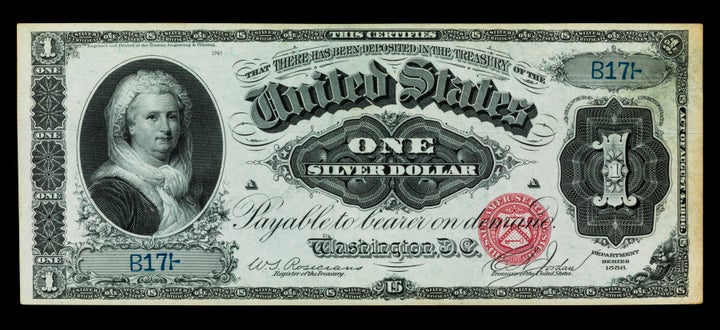
Over the past year, Americans have participated in an extraordinary national discussion about which historic figures are worthy—or unworthy—of depiction on U.S. banknotes. A grassroots organization called Women on 20s sparked public interest in the topic in the spring of 2015 through its campaign for a woman to replace Jackson on the 20-dollar bill. It also held online polls, in which more than 600,000 votes were cast.
Weeks later, U.S. Treasury Secretary Jacob J. Lew responded to the public clamoring for a redesign and announced his plans to feature a historic woman on the ten-dollar bill. He also invited the public to advise him on his decision.
The response was nothing short of astonishing. The Treasury received over one million emails, social media submissions and handwritten notes, including many from children. Lew also sought out engagement with advocacy groups and historians through roundtable and town hall meetings.
Public participation of this scale in relation to U.S. banknote design is unprecedented, as is Lew’s willingness to listen and respond to public opinion. Historically, decisions about currency design were made in private by political elites. And, unsurprisingly, they chose to honor prominent politicians. The decisions made by U.S. Treasury officials in the 1920s—the last time U.S. banknotes received a design overhaul—have remained largely unchallenged and unchanged for nearly a century.
Through the new designs, the U.S. will follow the lead of countries around the world that feature female social activists on their money. In 1967 Australia commemorated the work of Caroline Chisholm, an activist for immigrant welfare, on its five-dollar note. Today New Zealand depicts suffragist Kate Sheppard on its ten-dollar note. Great Britain recognizes the work of prison reform activist Elizabeth Fry on its five-pound note. Turkey features women’s rights activist and novelist Fatma Aliye Topuz on its 50-lira note.
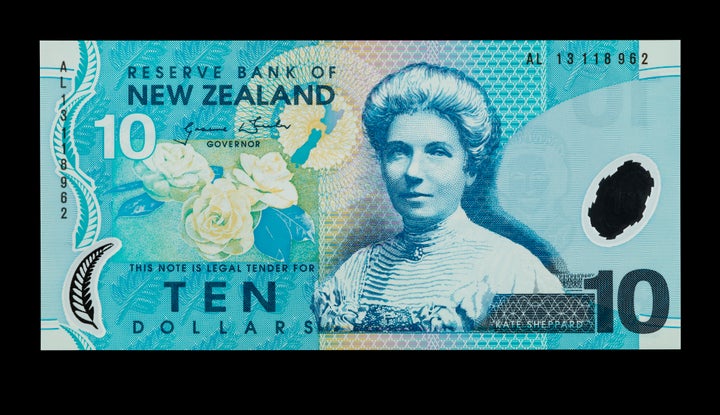
The inspirational selection of Tubman for a portrait on the 20-dollar bill has somewhat overshadowed the eight others who are slated to appear as part of historic scenes on the five- and ten-dollar notes. The placement of these figures in groups on the back of the currency has been criticized by some as diminishing the significance of their distinct contributions, especially when juxtaposed to the individual portraits of Abraham Lincoln and Alexander Hamilton, who will remain on the front.
Critics of this plan should consider the transformative power of the new designs. Current banknotes depict the U.S. Treasury building and Lincoln Memorial as symbols and sites of U.S. government strength. Currently they are shown as stoic places, devoid of life and unaffected by the enormous social and political changes of the past century.
Under Lew’s plan, these sites will be reinterpreted and artistically rendered as sites of struggle.
The new five-dollar bill will reframe the Lincoln Memorial as a key site in the Civil Rights Movement—a place where Marian Anderson’s flawless voice was amplified despite attempts to silence it and where hundreds of thousands of people gathered to hear Martin Luther King, Jr. share his dream of a more equal, equitable America.
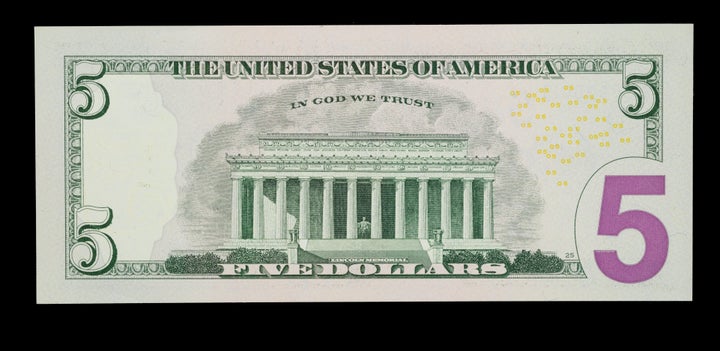
The new ten-dollar bill will transform the U.S. Treasury building into a central location in the movement for equality. Through a reimagining of the 1913 march for women’s suffrage, which concluded on the steps of the U.S. Treasury building, the note will portray generations of suffragists and abolitionists including Lucretia Mott, Sojourner Truth, Susan B. Anthony, Elizabeth Cady Stanton and Alice Paul. This rendering will emphasize these women’s contributions to working towards a more inclusive democracy—a shared effort that transcends the time between their individual efforts and the march itself.
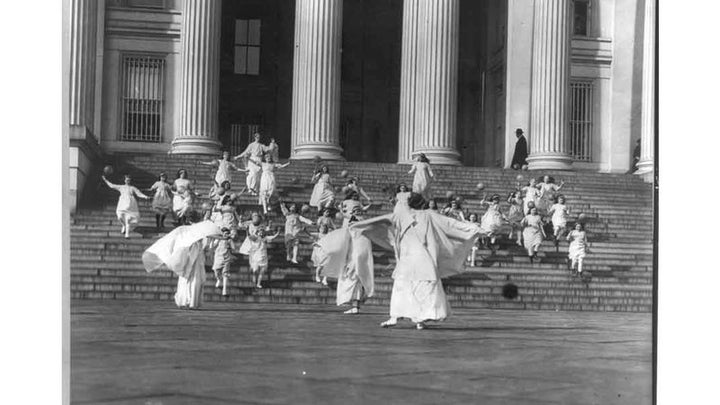
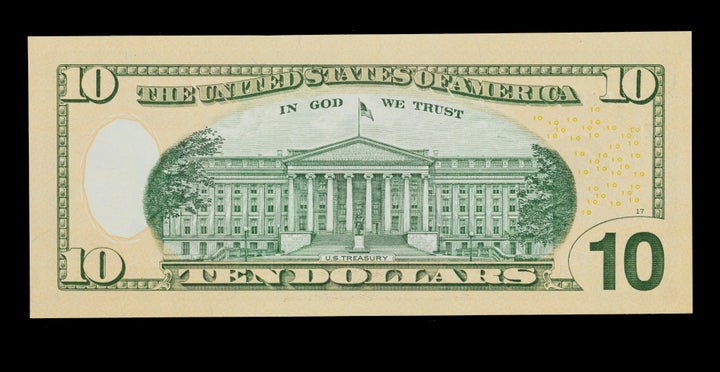
Through the addition of these new scenes and people to the five- and the ten-dollar bills, the U.S. Treasury Department is not only validating the Lincoln Memorial and U.S. Treasury Building as legitimate sites for dissent, it is legitimizing the power of protest and its role in strengthening our democracy. The new banknotes will convey to Americans, and especially young women, that it is not only appropriate to protest unjust policies, but that it is honorable.
The planned redesign of the backs of the five- and ten-dollar bills as well as the front of the 20-dollar bill, will help to convey the importance of social activism in U.S. history. These notes will not only document the ongoing challenges of realizing the promise of democracy over the last two- and a-half-centuries, they will also be a testament to what is possible in a democracy. The redesign sends a powerful message that taking action can prompt historic change. If you need a reminder, the proof will be in your pocket.
This article originally appeared on Smithsonian.com
Read more on Smithsonian.com:
- The Laptops That Powered the American Revolution
- The Priceless Impact Harriet Tubman Will Have as the Face of the $20 Bill
- Teddy Roosevelt's Epic (But Strangely Altruistic) Hunt for a White Rhino
- Smithsonian Jazz Expert Gives Liner Notes to the New Miles Davis Biopic
- A Firsthand Account of What It Takes to Pilot a Voyaging Canoe Across the Ocean
